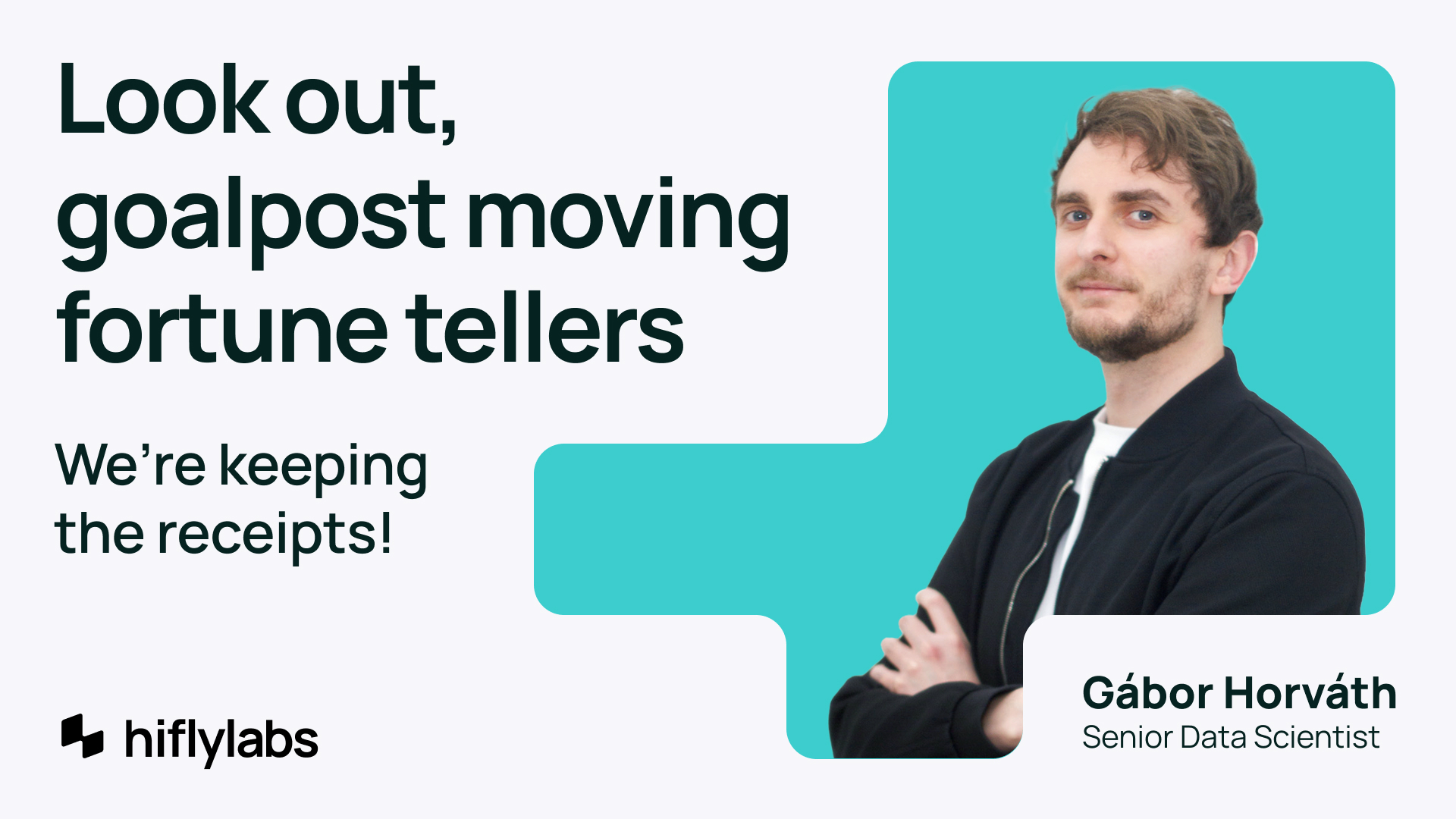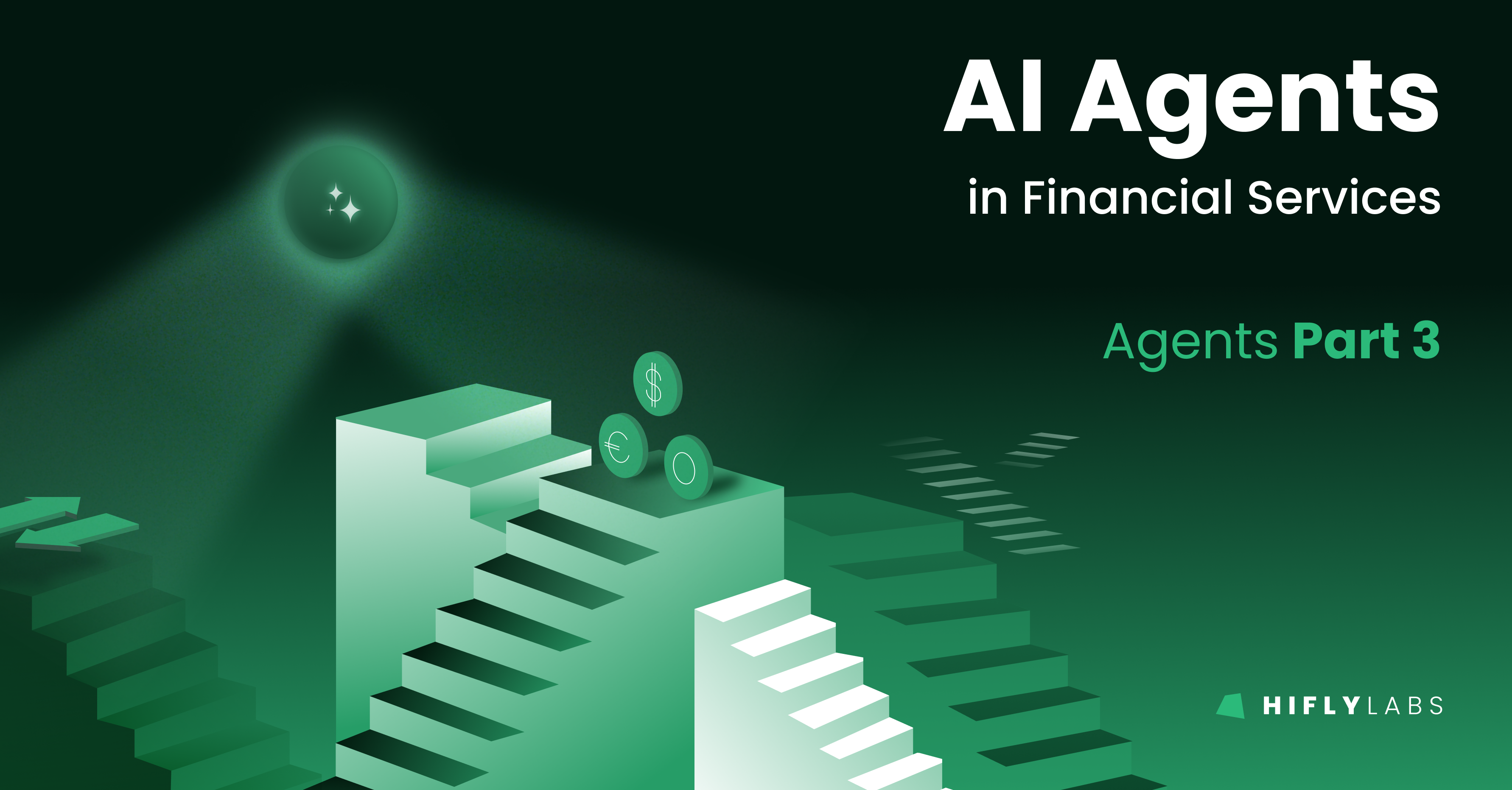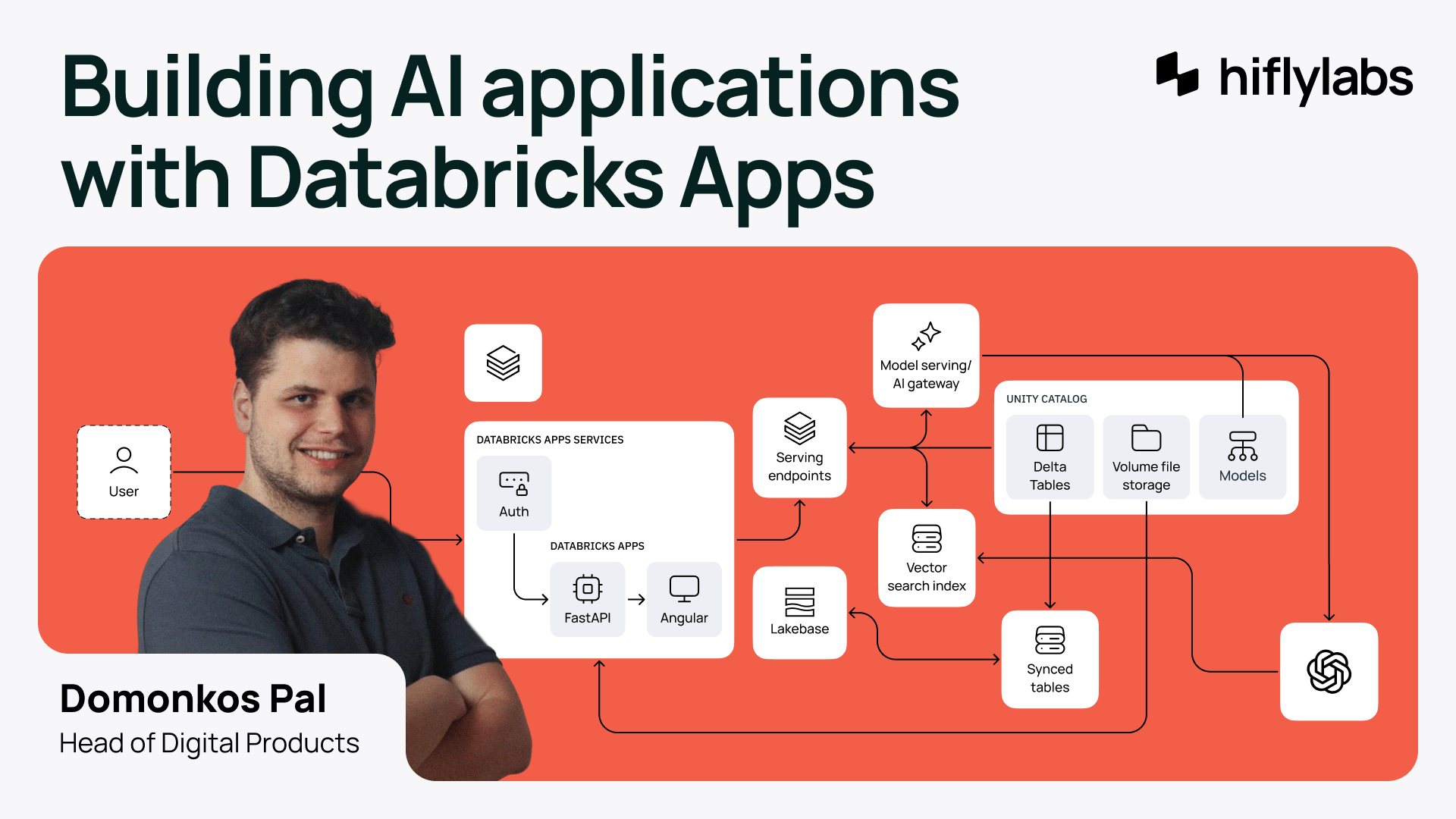How does smart software tackle messy data and help make decisions faster than ever? Which processes do businesses automate? Let’s see where we are today.
The financial services industry has long been a pioneer in adopting cutting-edge technologies. From predictive models to algorithmic trading, machine learning solutions have been augmenting workflows for decades.
But now a new technological paradigm is emerging that promises to revolutionize how financial institutions and companies handle data and make decisions: AI agents.
The Data Challenge
Organizations have long grappled with an obstacle—structuring and analyzing data from across their operations.
While traditional machine learning thrives on well-structured data (databases, spreadsheets), the reality is that about 80% of all data in the world is unstructured. This includes PDFs, Word documents, presentations, handwritten notes, images, videos, and all else.
Language models represent a breakthrough in addressing this challenge. The most significant innovation of multimodal LLMs is their ability to consolidate unstructured data sources, unlocking previously untapped troves of information. This capability, combined with integration throughout organizations, is optimizing and automating workflows more efficiently than ever before.
AI Agents in Action
Our previous blog posts in this series have dealt with the overview of what AI agents are and how we’re making them, and in part 2, some of their vertical use cases in different sectors.
Now it’s time to zoom in on the financial services industry.
Note that AI solutions, for our purposes, can be divided into two main categories of generality: horizontal use cases, that are equally important in any and all industries, and vertical use cases, that are specific to a sector. We’ll review them both, along with some hands-on examples.
Vertical
Banking and Credit Unions
Retail, Commercial and Investment Banking
- Credit scoring
- Fraud / money-laundering detection
- Customer churn
Global bank boosted profitability by 6% with AI-driven credit scoring models.
Investment Services
Asset and Wealth Management, Brokerage Services
- Portfolio optimization
- Market prediction
- Risk assessment
Investment platform increased client portfolio returns by 3.7% annually by optimizing asset allocation.
Insurance and Actuarial Services
Life and Health Insurance, Property and Casualty Insurance, Reinsurance
- Claims processing
- Underwriting
- Fraud detection
Insurer cut underwriting time by 65% while improving accuracy by 12% with agentic workflow.
Payment and Transaction Services
Payment Processors, Credit Card Companies, Money Transfer Services
- Fraud prevention
- Transaction monitoring
- Cross-border optimization
Fintech startup slashed cross-border transfer fees by 10% using AI-optimized exchange timing.
Capital Markets
Stock Exchanges, Commodities and Derivatives, Mergers and Acquisitions
- Algorithmic trading
- Market sentiment and impact analysis
- Regulatory compliance
M&A deal success rate increased by 22% leveraging AI for target company analysis.
Alternative Investments
Private Equity, Venture Capital, Hedge Funds, Angel Investors
- Deal sourcing
- Due diligence
- Performance forecasting
Promising startups 35% more accurately identified by evaluating trends and founder profiles with AI.
Financial Technology (Fintech)
Digital Banking, Blockchain and Cryptocurrency
- Customer spending profiling
- KYC/AML compliance
- Robo-advisory
Cryptocurrency exchange reduced fraudulent transactions by 76% via AI-powered behavioral analysis.
Financial Services
Accounting Firms, Financial Consulting, Tax Advisory
- Automated reporting
- Tax optimization
- Client risk profiling
Tax advisory firm boosted client refunds by an average of 8.5% using AI to identify overlooked deductions.
Regulatory and Support Services
Credit Rating Agencies, Financial Market Infrastructure, Regulatory Bodies
- Real-time clearing
- Cybersecurity
- Data analytics
Provider cut trade settlement times by 30% with AI-driven process optimization.
Horizontal
Search
- Connect your sources
- Create a knowledge base
- Find information
Fortune 100 improved information flow by 45% after implementing AI-powered semantic search.
Understand
- Analyze data
- Summarize sources
- Create reports and documentation
Industry giant reduced decision-making errors by 8% using AI to analyze historical data.
Automate
- Orchestrate workflows
- Automate task
- Notification automation
Enterprise decreased process downtime by 180% with AI-automated workflow segments.
Talk
- Customer support
- Natural language interfaces
- Personalized assistants
50% decreased customer support workload and improved customer satisfaction by 24/7 chatbot support.
There are of course more factors to consider: the level of autonomy the agents possess, whether you’re using ready-made apps or solutions customized for your exact needs, or technical details about running the system. These angles are covered in our previous articles in the series, or will be in the upcoming posts. Here, let’s focus on the practical uses.
(Note to readers: While most of our actual projects are confidential, the metrics presented above are illustrative examples showcasing AI's potential in businesses. For real-world case studies, visit here.)
Beyond Traditional Automation
We’re seeing a pretty big step forward from previous automation solutions. Unlike predecessors, agents can make decisions and adapt to new situations dynamically.
They excel at complex reasoning in their domains, and can adapt to changes and user needs without disrupting processes or requiring constant reprogramming.
Flexibility and intelligence allow AI agents to handle tasks that were previously too complex or nuanced for automated systems. They can navigate ambiguous situations, consider multiple factors in decision-making, and even manage entire workflows from start to finish with minimal human intervention.
This level of critical thinking means if a situation is too much for the AI to handle, they can say so, and bring a human in the loop.
Future Outlook
Agentic systems represent one of the most significant opportunities for combining what works in traditional analytics and machine learning with the best parts of large language models. As these technologies mature and get even smarter and capable, they're expected to shift the balance of work between humans and machines in business processes dramatically.
We are continuing a decades-long trend of surpassing the capabilities of previous generations of software. Let’s face it: AI's transforming technologies, markets and our lives. Those who keep the engines of economies running will be cooperating with digital intelligence at an increasing rate.
Let’s make AI work!




